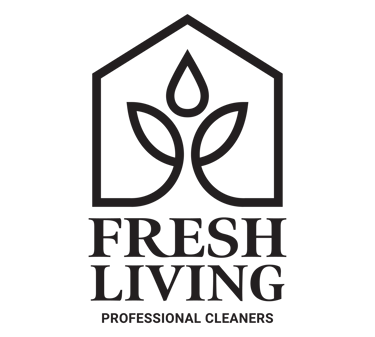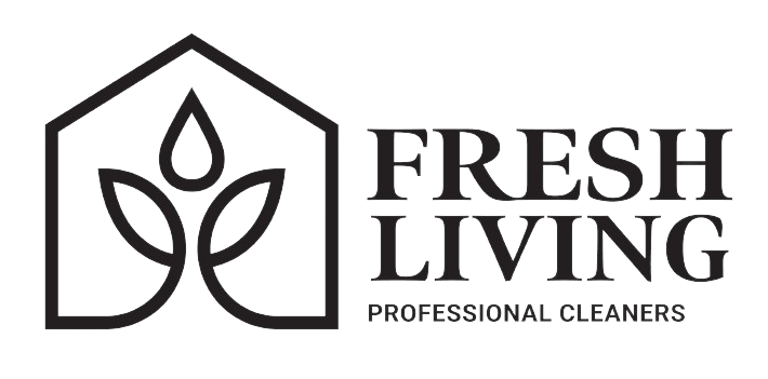Fresh Air Living: How to Beat Indoor Allergens
Welcome to a guide on achieving fresh air living by combating indoor allergens. In this blog post, we'll delve into practical strategies to reduce indoor allergens and create a healthier home environment for you and your loved ones.
4/4/20243 min read


Indoor allergens can wreak havoc on your health and quality of life, but with the right strategies, you can create a home environment that promotes fresh air and reduces allergy symptoms.
Understanding the Impact of Indoor Allergens
Indoor allergens are substances that can trigger allergic reactions in susceptible individuals. Common indoor allergens include dust mites, pet dander, mold, and pollen. These allergens can lead to symptoms such as sneezing, coughing, wheezing, and congestion.
Identifying Common Indoor Allergens
Dust Mites: These microscopic creatures thrive in warm, humid environments and can be found in bedding, upholstered furniture, and carpeting.
Pet Dander: Tiny flecks of skin shed by pets can become airborne and trigger allergic reactions in sensitive individuals.
Mold: Mold spores can grow in damp areas of the home, such as bathrooms, basements, and kitchens.
Pollen: While typically an outdoor allergen, pollen can make its way indoors on clothing, shoes, and pets, especially during peak allergy seasons.
Assessing Your Home for Allergen Sources
To effectively combat indoor allergens, it's essential to identify and address potential sources of allergens in your home. This may involve:
Air Quality Testing: Assessing the indoor air quality can help pinpoint specific allergens present in your home.
Inspecting Ventilation Systems: Proper ventilation is crucial for reducing indoor humidity levels and preventing the buildup of allergens.
Checking for Dampness or Mold Growth: Regularly inspecting areas prone to moisture buildup can help prevent mold growth, a common allergen source.
Implementing Cleaning Strategies
Regular cleaning is key to reducing indoor allergens and maintaining a healthy home environment. Some effective cleaning strategies include:
Vacuuming Regularly: Use a vacuum cleaner equipped with a HEPA filter to effectively remove dust mites, pet dander, and other allergens from carpets and upholstery.
Washing Bedding and Upholstery: Wash bedding, curtains, and other fabric items in hot water regularly to kill dust mites and remove allergens.
Dusting Surfaces: Use a damp cloth or microfiber duster to trap allergens when dusting surfaces throughout your home.
Using Air Purifiers: Invest in a high-quality air purifier with a HEPA filter to remove airborne allergens and improve indoor air quality.
Managing Humidity Levels
Controlling indoor humidity levels is essential for preventing mold growth and reducing dust mite populations. Consider:
Dehumidifiers: Use a dehumidifier to maintain indoor humidity levels between 30-50%, especially in areas prone to moisture buildup.
Proper Ventilation: Ensure adequate ventilation in bathrooms, kitchens, and other high-moisture areas to prevent humidity buildup.
Avoiding Water Accumulation: Promptly fix any leaks or water damage in your home to prevent mold growth and reduce indoor allergen levels.
Controlling Pet Allergens
If you have pets, managing pet allergens is crucial for reducing allergy symptoms. Consider:
Pet Grooming: Regularly groom your pets to remove loose fur and dander.
Designated Pet-Free Zones: Create pet-free zones in your home, such as bedrooms or living rooms, to minimize exposure to pet allergens.
Cleaning Pet Accessories Regularly: Wash pet bedding, toys, and other accessories frequently to remove allergens.
Minimizing Pollen Exposure
To reduce indoor pollen levels and alleviate allergy symptoms, consider:
Keeping Windows Closed: Keep windows closed during peak pollen seasons to prevent pollen from entering your home.
Using HEPA Filters: Use HEPA filters in your HVAC system and air purifiers to trap airborne pollen particles.
Pollen-Tracking Apps: Use pollen-tracking apps to stay informed about local pollen levels and plan accordingly.
Creating a Low-Allergen Bedroom
Creating a bedroom environment that is free of allergens can significantly improve sleep quality and overall well-being. Consider:
Hypoallergenic Bedding: Choose hypoallergenic pillows, mattress covers, and bedding to create a barrier against dust mites and other allergens.
Encasing Mattresses and Pillows: Encase mattresses and pillows in allergen-proof covers to prevent allergen exposure while sleeping.
Removing Clutter: Minimize clutter in the bedroom to reduce dust buildup and create a cleaner, healthier sleeping environment.
Maintaining a Clean Indoor Environment
Consistent maintenance is essential for keeping indoor allergen levels in check. Consider:
Regular Maintenance Schedule: Develop a regular cleaning and maintenance schedule to ensure your home remains allergens-free.
Allergen-Proofing Furniture: Choose furniture with smooth, easy-to-clean surfaces to minimize dust accumulation and allergen buildup.
Seeking Professional Help
If allergies persist despite your best efforts, consider seeking professional help from an allergist or HVAC technician. They can offer personalized advice and treatment options to help manage your allergies effectively.
beating indoor allergens and achieving fresh air living requires a proactive approach that involves identifying allergen sources, implementing cleaning strategies, and maintaining a healthy indoor environment. By following the tips outlined in this article, you can create a home environment that promotes better respiratory health and overall well-being.


(609) 806 - 5565
help@freshlivingpc.com
Follow us on
